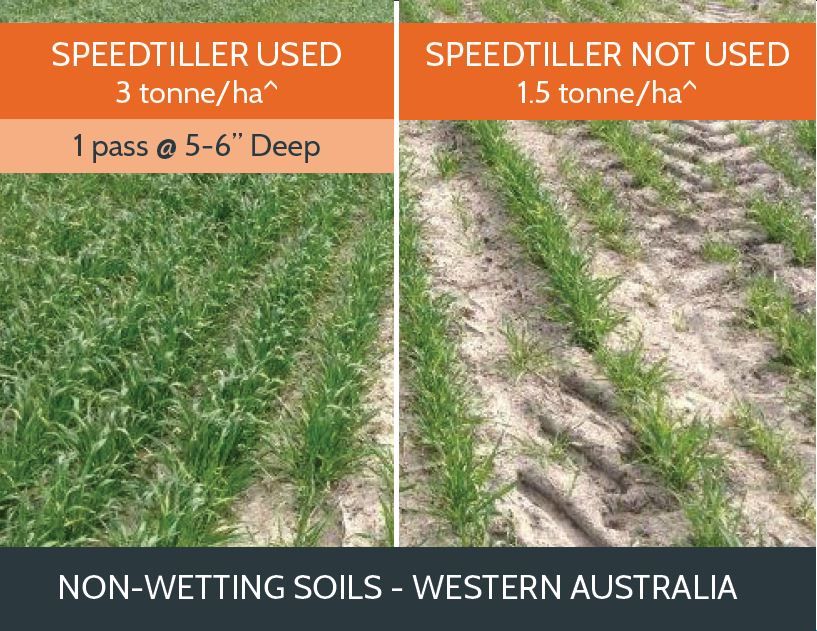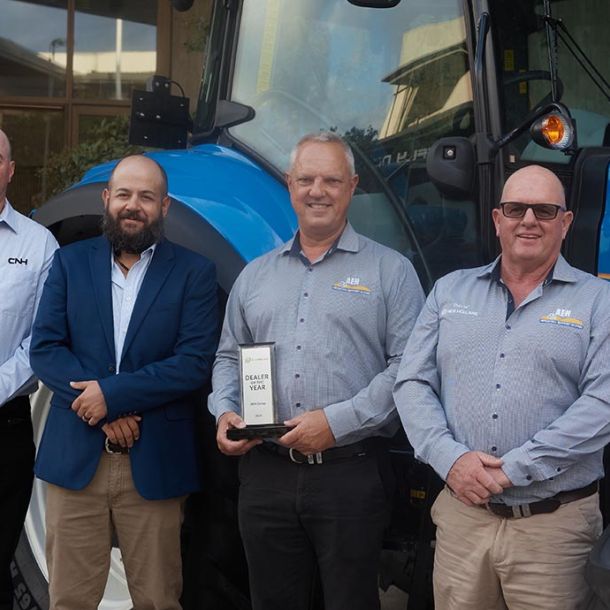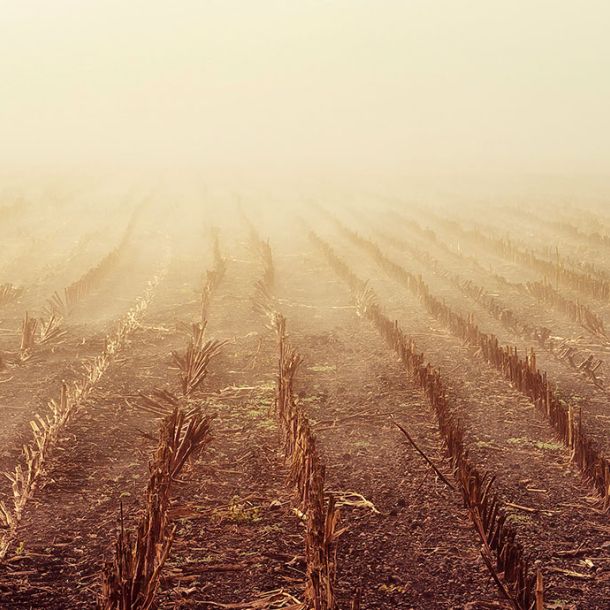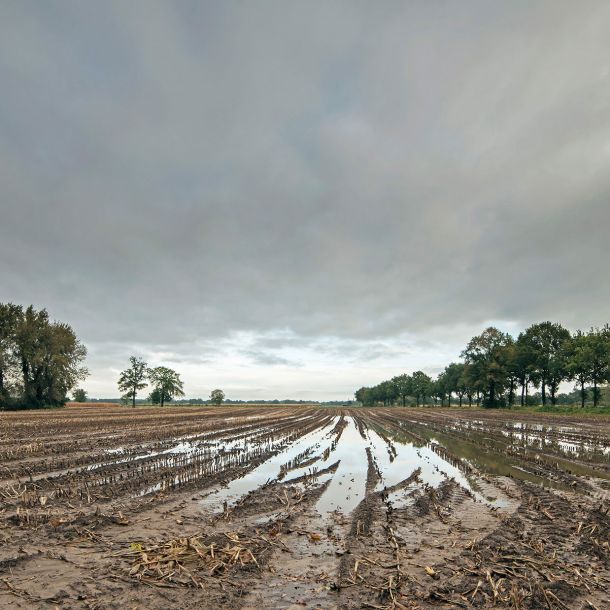Mechanical Remedies for Non-Wetting Soils
Non-wetting or hydrophobic soils are an increasing issue throughout districts in WA and SA, posing a conundrum for farmers. To grow crops, simple things are needed: a matrix, some moisture, sunlight. But what to do when the seemingly simple pieces of the farming equation repel one another? It’s a question that has “absorbed” both farmers and scientists for nearly 100 years.
Traditional methods for combating non-wetting soils in Western Australia and South Australia have been mechanical in nature. These efforts were led by the mouldboard plough, which provides the deep penetration needed to find and incorporate more clay-based soils into the non-wetting profile. However, utilising a mouldboard plough comes with distinct disadvantages, particularly with the susceptibility of fine sandy soils to wind erosion and the increased tendency to lose surface moisture due to incomplete soil mixing and decreased organic matter integration.
Recent Implement Developments
More recent implement developments have attempted to address the shortcomings of mouldboard ploughing as a mechanical solution for non-wetting soils. Rotary spaders have assisted with the issue of soil mixing, but have been less successful at addressing the other concerns with erosion controls and residue incorporation. Without solving these companion issues, farmers have found their soils to be less hydrophobic post-spading, but more moveable and less rich, due to the absence of residues within the matrix.
Following spaders with additional passes utilising other tillage pieces has some benefit, but creates an entirely new set of challenges. Additional passages mean longer seedbed preparation times, decreased productivity, and increased instances of compaction. This last is of particular concern, as recently worked soils are disturbed more deeply into the subsoil profile and thus more susceptible to static and vibratory compaction at deeper levels.
New Advancements
New advancements in tillage technology have led to multi-function tillage implements that can help farmers solve both the primary non-wetting soils complaint and the secondary concerns about residues, erosion and compaction. Implements like the K-Line Ag Speedtiller® perform multiple mechanical processes on the soil in a single pass, eliminating the concern of secondary-pass subsoil compaction. An initial row of mounted lateral discs dig deeply into the soil, pulling more clay-based soils to the top for integration. Then finishing discs and roller chop and incorporate residues, leaving a smooth finish. This provides both a prepped seedbed and a well-integrated soil stratum of hydrophobic and clay soils with interspersed organic residues. When required working depths are 6-7”, this combined soil end product addresses both the primary and secondary issues of non-wetting soil remedies.
Non-wetting soils are a matter of fact, and a force of nature. But with the mechanical implements obtainable in the agricultural market today, there are remedies available that address the issue without creating new issues.
Speedtiller® Research in Non-Wetting Soils

This diagram shows results of research with the K-Line Ag Speedtiller® in non-wetting sand in Western Australia. This image shows a crop after Speedtiller® usage, yielding 3 tonnes/ha. Comparatively, on the right, with no Speedtiller® pass, the yield was half. Results may vary depending on seasonal conditions.








